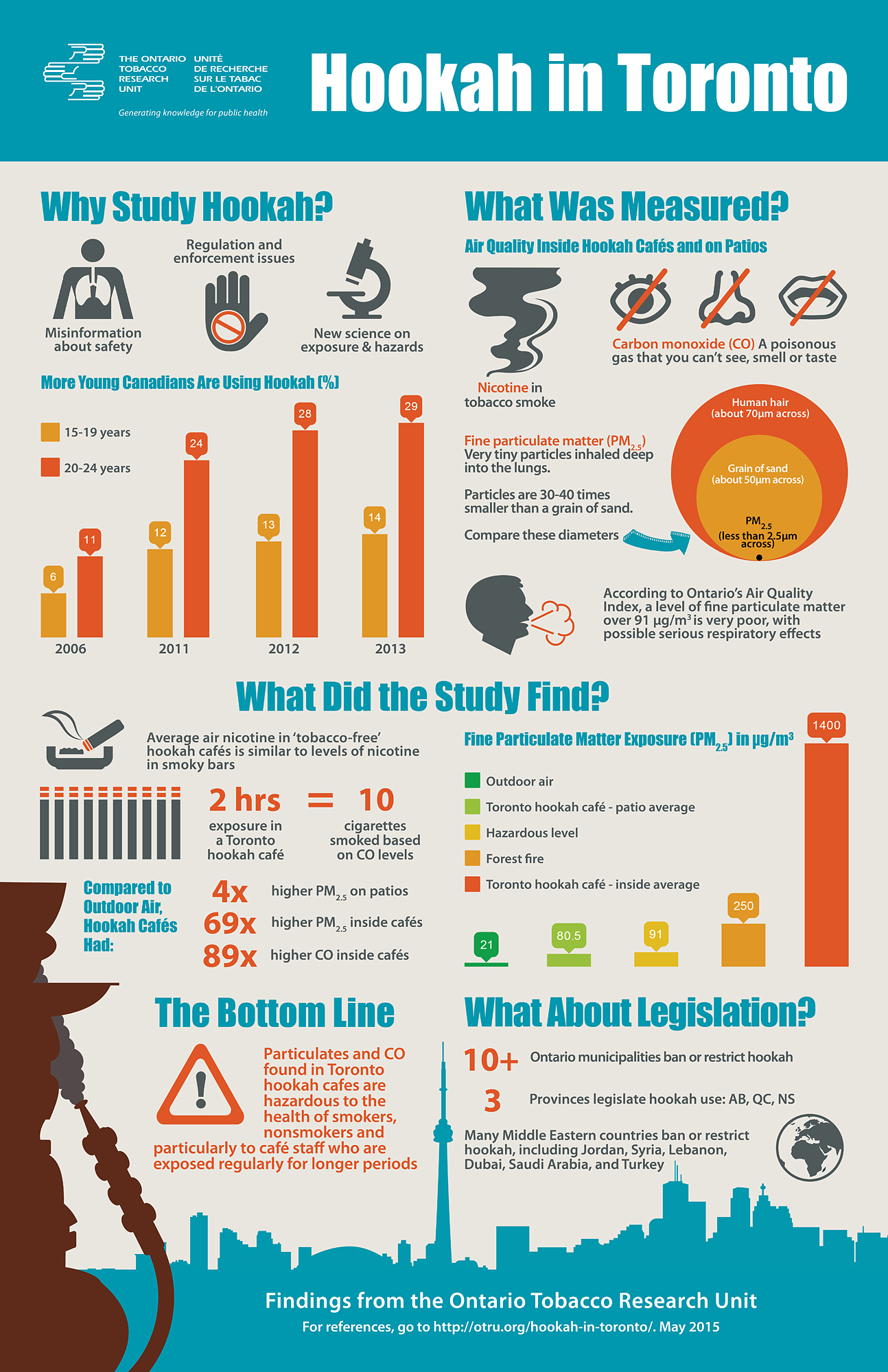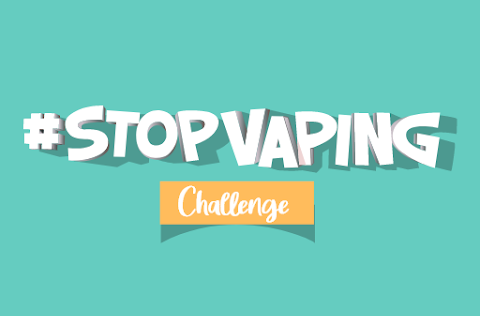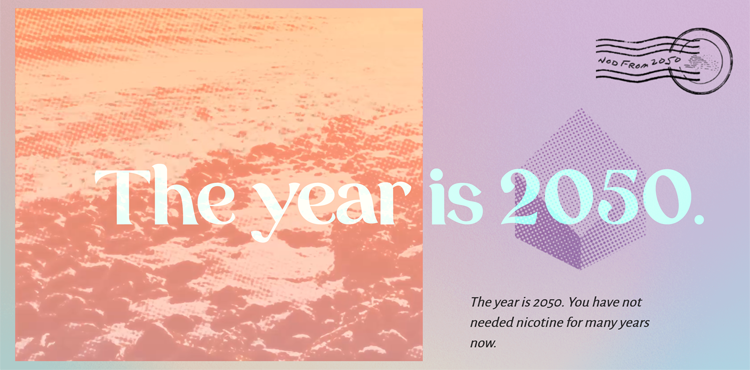This infographic is based on the findings of a study by OTRU researchers that assessed air quality using multiple ambient air measures and a biomarker for exposure in both indoor and outdoor waterpipe cafes in Toronto, Canada.
Zhang B, Haji F, Kaufman P, Muir S, Ferrence R. ‘Enter at your own risk’: a multimethod study of air quality and biological measures in Canadian waterpipe cafes. Tobacco Control 2015: 24; 175-181.
To view the Hookah in Toronto infographic in a larger size, right-click on the graphic and choose to open the image in a new tab.
Poster References
Why Study Hookah?
- Misinformation about safety: Eissenberg T, Shihadeh A. Waterpipe tobacco and cigarette smoking: direct comparison of toxicant exposure. American Journal of Preventive Medicine 2009; 37:518e23; Minaker LM1, Shuh A, Burkhalter RJ, Manske SR. Hookah use prevalence, predictors, and perceptions among Canadian youth: findings from the 2012/2013 Youth Smoking Survey. Cancer Causes and Control 2015 Mar 18. [Epub ahead of print]
- Regulation and enforcement issues: Ontario Campaign for Action on Tobacco. Hookahs (Waterpipes) and Shisha: A Summary. Toronto, ON: OCAT, February 2014; Non-Smokers’ Rights Association/ Smoking and Health Action Foundation. Smoke-Free Laws Database. Available at: https://www.nsra-adnf.ca/cms/smoke-free-laws-database.html; Jawad M, El Kadi L, Mugharbil S, Nakkash R. Waterpipe tobacco smoking legislation and policy enactment: a global analysis. Tobacco Control 2015;24:i60-i65.
- New science on exposure and hazards: Kumar SR, Davies S, Weitzman M, Sherman S. A review of air quality, biological indicators and health effects of second-hand waterpipe smoke exposure. Tobacco Control 2015;24:i54-i59.
- More Young Canadians Are Using Hookah (%) graph: Canadian Tobacco Use Monitoring Survey data for 2006, 2011, 2012, Canadian Tobacco, Alcohol and Drugs Survey data for 2013.
What Was Measured?
- Nicotine in tobacco smoke: US Centers for Disease Control and Prevention. The Health Consequences of Involuntary Exposure to Tobacco Smoke: A Report of the Surgeon General. Office on Smoking and Health Atlanta, GA: Centers for Disease Control and Prevention (US); 2006.
- Carbon monoxide (CO) A poisonous gas that you can’t see, smell or taste: Ontario Ministry of the Environment and Climate Change. Carbon Monoxide (CO). Available at http://www.airqualityontario.com/science/pollutants/carbon.php
- Fine particulate matter (PM2.5) Very tiny particles inhaled deep into the lungs. Particles are 30-40 times smaller than a grain of sand: Ontario Ministry of the Environment and Climate Change. Fine Particulate Matter. Available at http://www.airqualityontario.com/science/pollutants/particulates.php
- Compare these diameters. A human hair, a grain of sand, a particle PM2.5: United States Environmental Protection Agency. Particulate Matter. Available at http://www.epa.gov/airscience/air-particulatematter.htm
- According to Ontario’s Air Quality Index, a level of fine particulate matter over 91µg/m3 is very poor, with possible serious respiratory effects: Ontario Ministry of the Environment and Climate Change. Fine Particulate Matter. Available at http://www.airqualityontario.com/science/pollutants/particulates.php
What Did the Study Find?
- Average air nicotine in ‘tobacco-free’ hookah cafés is similar to levels of nicotine in smoky bars (average of 3.27µg/m3 compared to 3.69µg/m3 in a study of European smoking venues): Zhang B, Haji F, Kaufman P, Muir S, Ferrence R. ‘Enter at your own risk’: a multimethod study of air quality and biological measures in Canadian waterpipe Cafes. Tobacco Control 2015: 24; 175-181; Lopez MJ, Fernandez E, Gorini G. et al. Exposure to secondhand smoke in terraces and other outdoor hospitality venues in eight European countries. PloS ONE 2012;7:e42130
- 2 hours exposure in a Toronto hookah café = 10 cigarettes smoked (based on CO levels): Zhang B, Haji F, Kaufman P, Muir S, Ferrence R. ‘Enter at your own risk’: a multimethod study of air quality and biological measures in Canadian waterpipe Cafes. Tobacco Control 2015: 24; 175-181.
- Compared to outdoor air, hookah cafes had 4 times higher PM2.5 on patios/69 times higher PM2.5 inside cafes/89 times higher CO inside cafes: Zhang B, Haji F, Kaufman P, Muir S, Ferrence R. ‘Enter at your own risk’: a multimethod study of air quality and biological measures in Canadian waterpipe Cafes. Tobacco Control 2015: 24; 175-181.
- Fine Particulate Matter Exposure (PM2.5) in µg/m3 (graph):
- Outdoor Air – 21µg/m3: Zhang B, Haji F, Kaufman P, Muir S, Ferrence R. ‘Enter at your own risk’: a multimethod study of air quality and biological measures in Canadian waterpipe Cafes. Tobacco Control 2015: 24; 175-181; Environment Canada. Ambient levels of fine particulates. Available at https://www.ec.gc.ca/indicateurs-indicators/default.asp?lang=en&n=029BB000-
- Toronto Hookah café – patio average, 80.5µg/m3: Zhang B, Haji F, Kaufman P, Muir S, Ferrence R. ‘Enter at your own risk’: a multimethod study of air quality and biological measures in Canadian waterpipe Cafes. Tobacco Control 2015: 24; 175-181.
- Hazardous level – 91µg/m3: Ontario Ministry of the Environment and Climate Change: Fine Particulate Matter. Available at http://www.airqualityontario.com/science/pollutants/particulates.php
- Forest Fire – 250µg/m3 (short-term peak background): McKendry I. Background Concentrations of PM2.5 and Ozone in British Columbia, Canada. British Columbia Ministry of Environment, March 2006. Available at http://www.bcairquality.ca/reports/pdfs/background_pm25_ozone.pdf
- Toronto hookah café – inside average, 1400µg/m3: Zhang B, Haji F, Kaufman P, Muir S, Ferrence R. ‘Enter at your own risk’: a multimethod study of air quality and biological measures in Canadian waterpipe Cafes. Tobacco Control 2015: 24; 175-181.
What About Legislation?
- 10+ Ontario municipalities ban or restrict hookah: Non-Smokers’ Rights Association/ Smoking and Health Action Foundation. Smoke-Free Laws Database. Available at: https://www.nsra-adnf.ca/cms/smoke-free-laws-database.html.
- 3 Provinces legislate hookah use: AB, QC, NS: Non-Smokers’ Rights Association/ Smoking and Health Action Foundation. Smoke-Free Laws Database. Available at: https://www.nsra-adnf.ca/cms/smoke-free-laws-database.html.
- Many Middle Eastern countries ban or restrict hookah, including Jordan, Syria, Lebanon, Dubai, Saudi Arabia, and Turkey: Ontario Campaign for Action on Tobacco. Hookahs (Waterpipes) and Shisha: A Summary. Toronto, ON: OCAT, February 2014.
The Bottom Line
- Particulates and CO found in Toronto hookah cafes are hazardous to the health of smokers, nonsmokers and particularly to café staff who are exposed regularly for longer periods: Zhang B, Haji F, Kaufman P, Muir S, Ferrence R. ‘Enter at your own risk’: a multimethod study of air quality and biological measures in Canadian waterpipe Cafes. Tobacco Control 2015: 24; 175-181.
Date: May 2015
Type of Publication: Infographic



 Download directly from your phone’s app store, or through the following links:
Download directly from your phone’s app store, or through the following links: 




